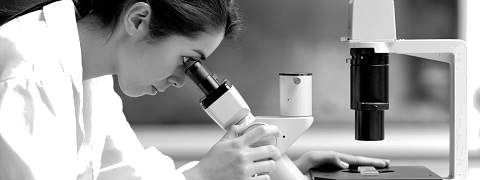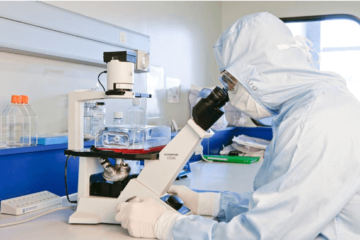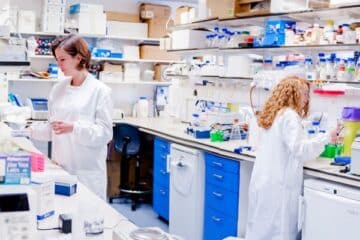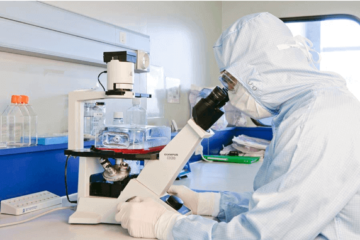Exploring Regenerative Potential of Stem Cells in Lumbar Spine Injuries
**Estratto:**
Stem cell therapies hold immense promise for regenerating damaged tissues in lumbar spine injuries. This article analyzes the regenerative potential of various stem cell types, including mesenchymal stem cells, cellule staminali derivate dal midollo osseo, e cellule staminali pluripotenti indotte, exploring their applications in spinal cord repair, bone regeneration, and nerve regeneration.














